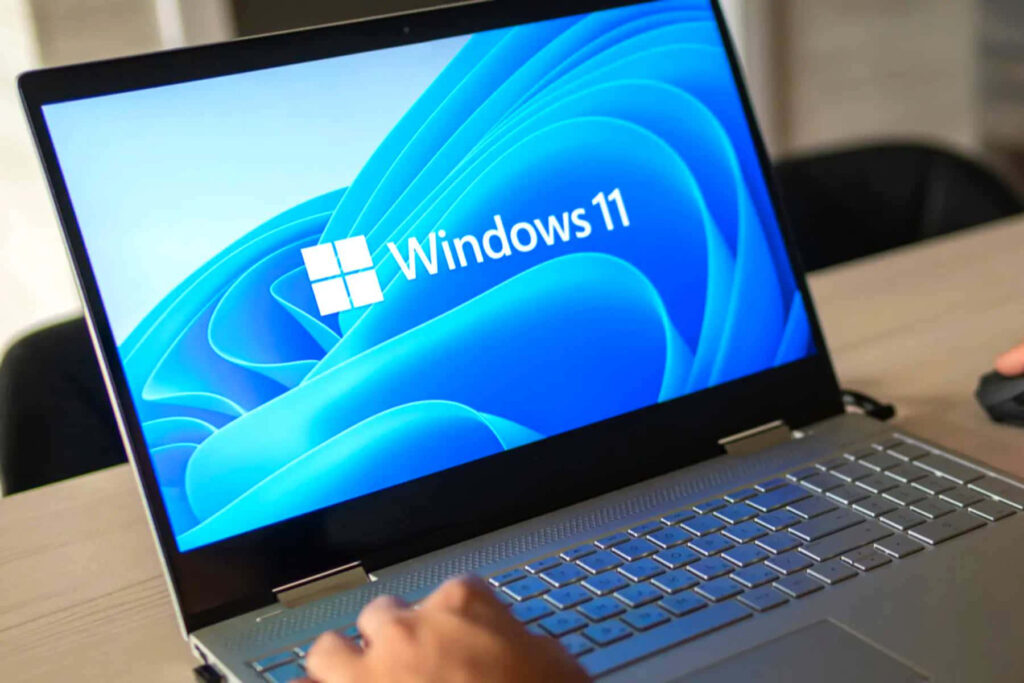Installing Windows is one of the most searched tech topics in 2025.If your computer is slow, corrupted, this article will help. Learn how to install Windows 10 & 11 step by step.
Step 1: What You Need Before Installing Windows
To begin with, make sure you have everything ready before starting the Windows installation. First, create a bootable USB drive (8GB+) using Microsoft’s Media Creation Tool. Next, keep your Windows product key handy (you can skip and activate later if needed). In addition, backup all important files because a clean install will erase data. Finally, ensure you have a stable internet connection for updates and driver downloads.
Step 2: Enter BIOS/UEFI and Boot from USB
Next, restart your computer and press the BIOS key (commonly F2, F12, Delete, or Esc) while it powers on. After that, enter the BIOS/UEFI menu. Then, go to the Boot Options or Boot Order and set the USB drive as the first boot device. Once that is done, save your changes and exit the BIOS. Finally, your PC will restart and boot from the USB automatically.
Step 3: Start Windows Installation Setup
Once the system boots from the USB, you’ll see the Windows Setup screen. First, select your language, time, and keyboard layout. Then click Install Now to begin. If asked, enter your product key or choose I don’t have a product key to continue and activate later. Next, pick the Windows edition (Home or Pro) if prompted. After that, proceed to the next screen to choose the installation type.
Step 4: Choose Installation Type
At this stage, you’ll see two options: Upgrade and Custom. Upgrade keeps your files and apps, but it may carry over old problems. Therefore, for a clean and faster system, choose Custom Installation. If you decide to upgrade, be aware it can take longer and is not recommended for heavily corrupted systems. Finally, confirm your choice and move on to partitioning the drive.
Step 5: Partition Your Hard Drive
Once you select Custom Installation, you’ll be asked where to install Windows. At this point, you will see a list of drives and partitions. First, select the partition where you want Windows to be installed. If it already has Windows, delete it to create unallocated space. Next, click on New to create a fresh partition, then format it. As a result, this ensures a clean installation without leftover files. Finally, click Next to start the installation process.
Step 6: Set Up Windows After Installation
After that, Windows will begin copying files and installing features. During this process, your PC may restart several times. In addition, you should avoid pressing any keys or removing the USB drive until the setup is complete. Once the installation reaches 100%, the system will reboot automatically. As a result, you will be directed to the Windows setup screen for personalization.
Step 7: Install Updates and Drivers
Finally, it’s time to personalize your Windows. First, select your region, keyboard layout, and Wi-Fi connection. Next, sign in with your Microsoft account or create a local user account. After that, adjust privacy settings according to your preference. In addition, you can customize your PC name and enable OneDrive if needed. Once all settings are complete, Windows will prepare your desktop. As a result, you’ll have a fully installed and ready-to-use Windows system
Pro Tips for Installing Windows
- Use SSD instead of HDD for faster performance
- Keep at least 50GB free space for smooth installation
- Always install antivirus & updates after setup
- Don’t skip driver installation (Wi-Fi, graphics, etc.)
Frequently Asked Questions (SEO-Optimized)
Q1: How long does Windows installation take?
👉 Normally 15–30 minutes, depending on PC speed.
Q2: Can I install Windows without a product key?
👉 Yes, but Windows will show “Activate Windows” until you enter a key.
Q3: Do I need internet for Windows installation?
👉 No, but internet is required for updates and driver downloads.
Q4: What size USB is needed to install Windows?
👉 Minimum 8GB bootable USB drive.
Q5: Which is better – Upgrade or Custom installation?
👉 Custom Installation is best for speed, security, and performance.
Conclusion
That’s it! Now you know exactly how to install Windows 10 and Windows 11 in 2025 step by step. With a bootable USB, BIOS setup, and proper partitioning, your computer will run faster and smoother.
👉 Need official help? Visit Microsoft Windows Installation Guide.

